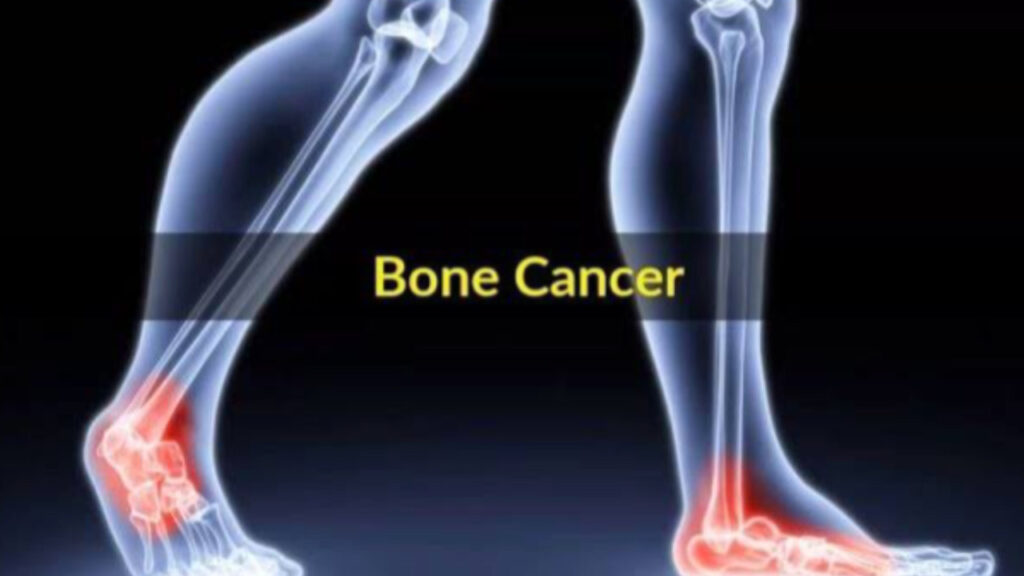Health
Bone cancer is a rare but serious condition that begins in the bones. While it can affect any bone in the body, it most commonly occurs in the long bones of the arms and legs. Recognizing the symptoms early can make a significant difference in diagnosis and treatment outcomes. Here’s what you need to know about the signs and symptoms of bone cancer.

Persistent Pain
One of the most common and early symptoms of bone cancer is pain in the affected bone. At first, the pain may come and go, often worsening at night or during physical activity. As the tumor grows, the discomfort may become constant and more intense, interfering with daily activities or sleep.
Swelling and Tenderness
Swelling around the site of the tumor can also occur, although it might not appear until the cancer has progressed. This swelling may be accompanied by tenderness in the area, especially if the cancer is near a joint, making movement difficult or painful.

Fractures
Cancer can weaken the bone structure, making it more prone to fractures. These breaks may happen with minimal trauma or even during routine movement. Sudden, sharp pain in a bone that previously felt sore could indicate a fracture due to cancer weakening the area.
Fatigue
Like many other types of cancer, bone cancer can lead to ongoing fatigue. This isn’t just ordinary tiredness it’s a constant feeling of exhaustion that doesn’t improve with rest. Fatigue can be caused by the body’s response to cancer or from anemia, which is common in some cancer patients.
Weight Loss
Unintended weight loss is another potential warning sign. Losing weight without a change in diet or exercise routine can signal that something is wrong in the body, including a possible malignancy like bone cancer.

Fever and Night Sweats
Though less common, some individuals with bone cancer may experience low grade fevers or night sweats. These symptoms are more likely to occur in advanced stages or if the cancer has spread.
Limited Mobility
When bone cancer occurs near a joint, it can affect your ability to move that joint freely. Stiffness, reduced range of motion, and difficulty using the affected limb are all possible symptoms.
While these symptoms don’t always point to bone cancer they can be linked to other, less serious conditions it’s important not to ignore them, especially if they persist. If you or someone you know is experiencing ongoing bone pain or any of the symptoms mentioned above, consult a healthcare provider for proper evaluation. Early detection and treatment play a key role in managing bone cancer and improving outcomes.





